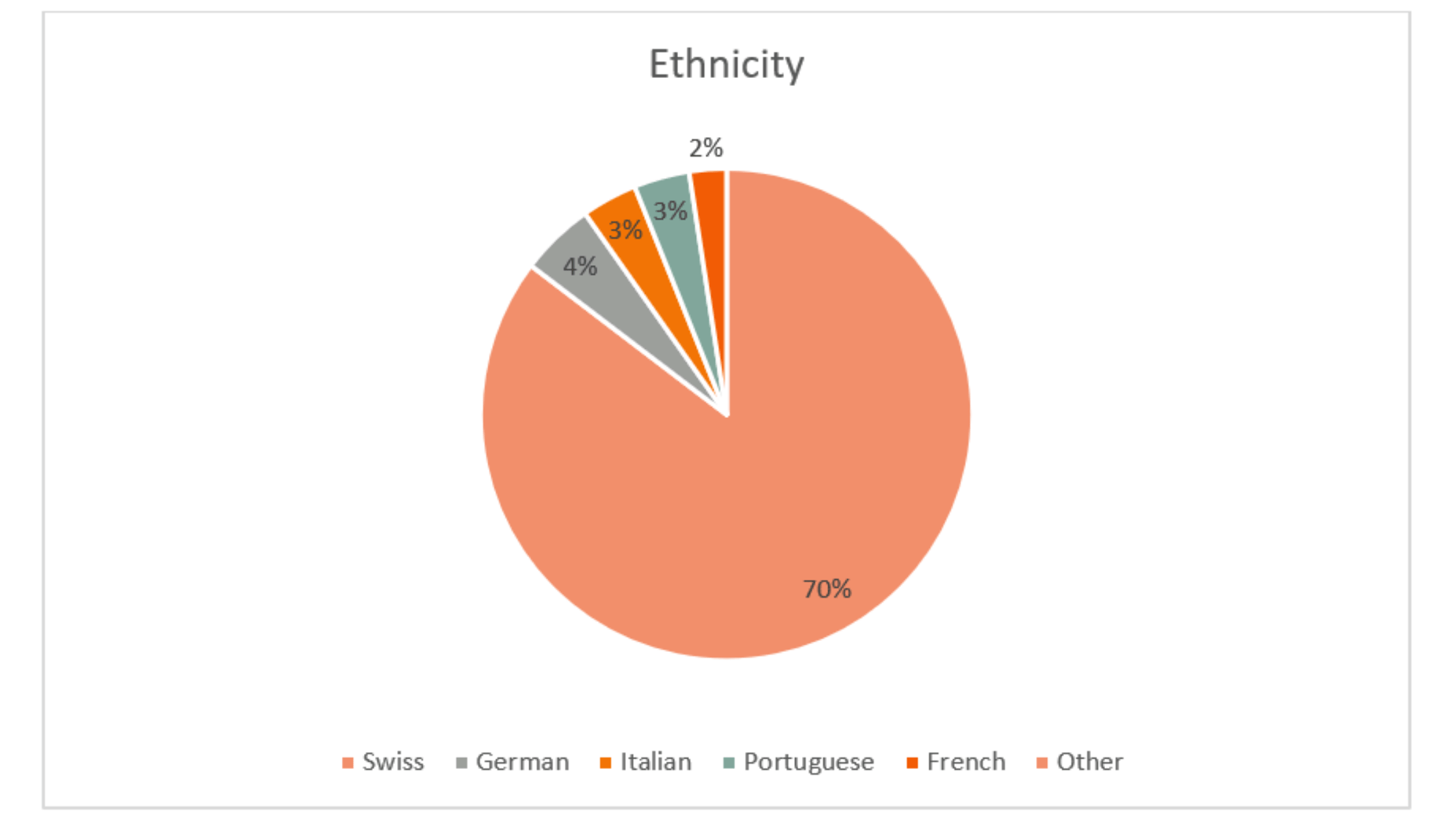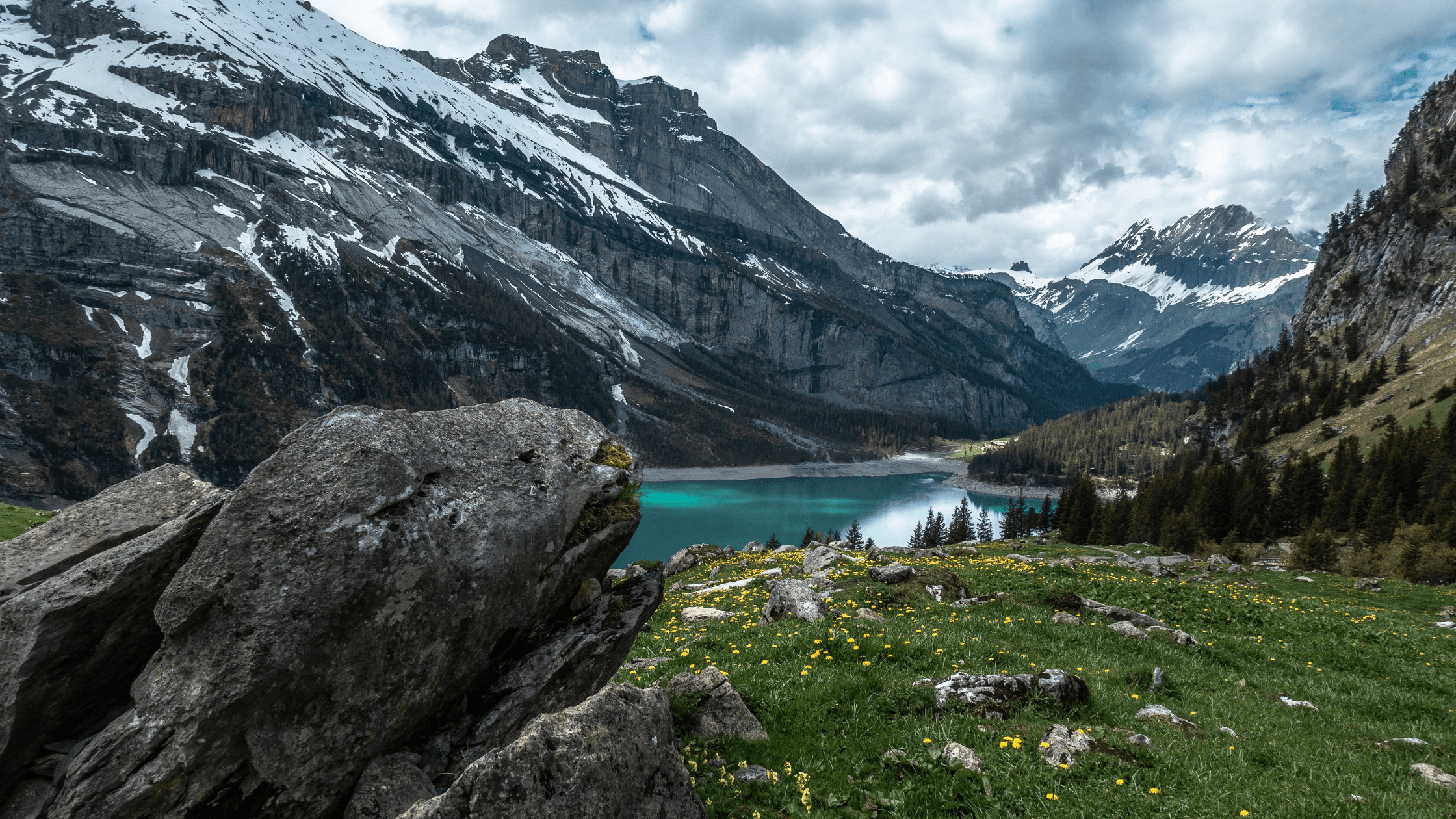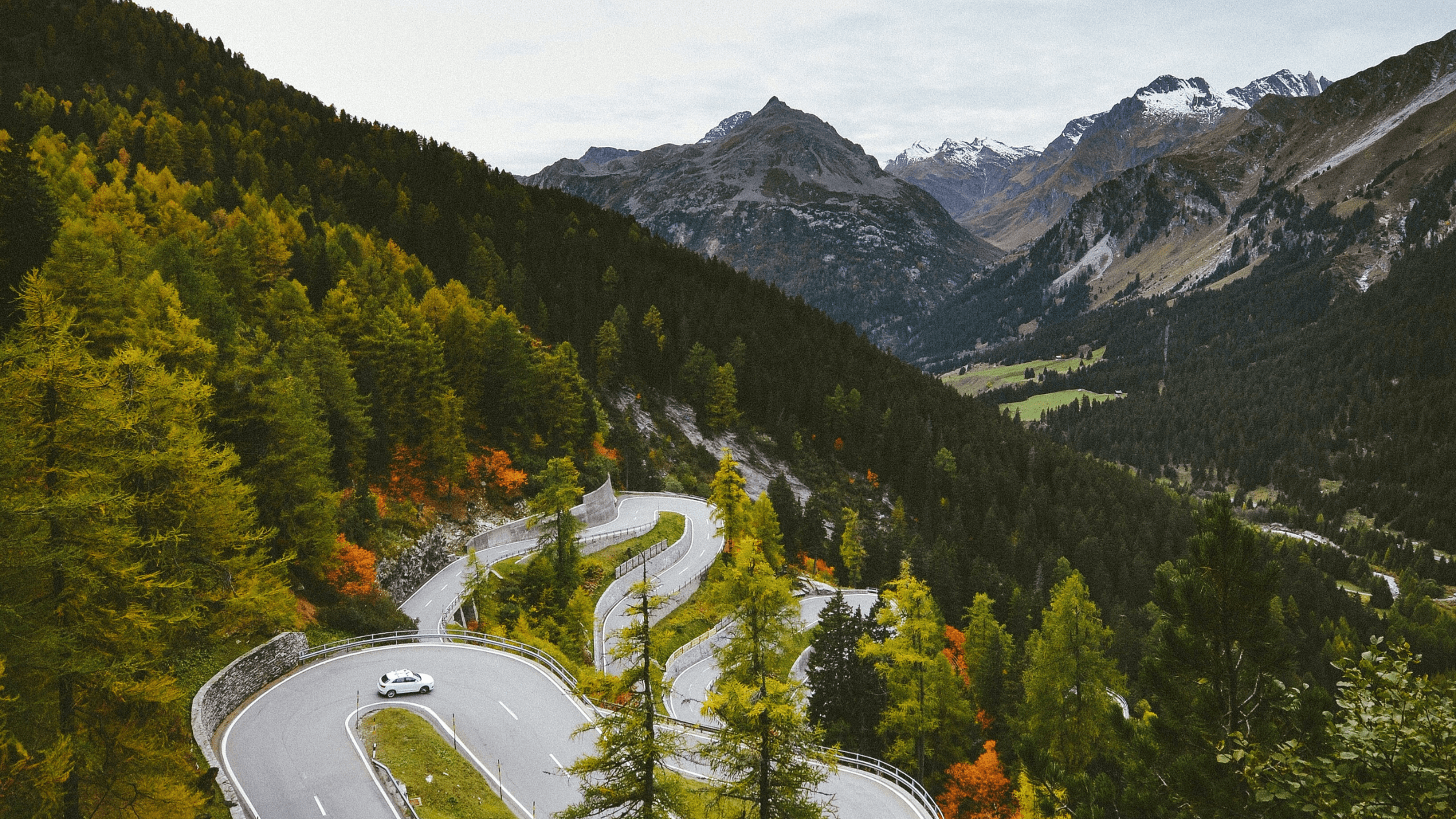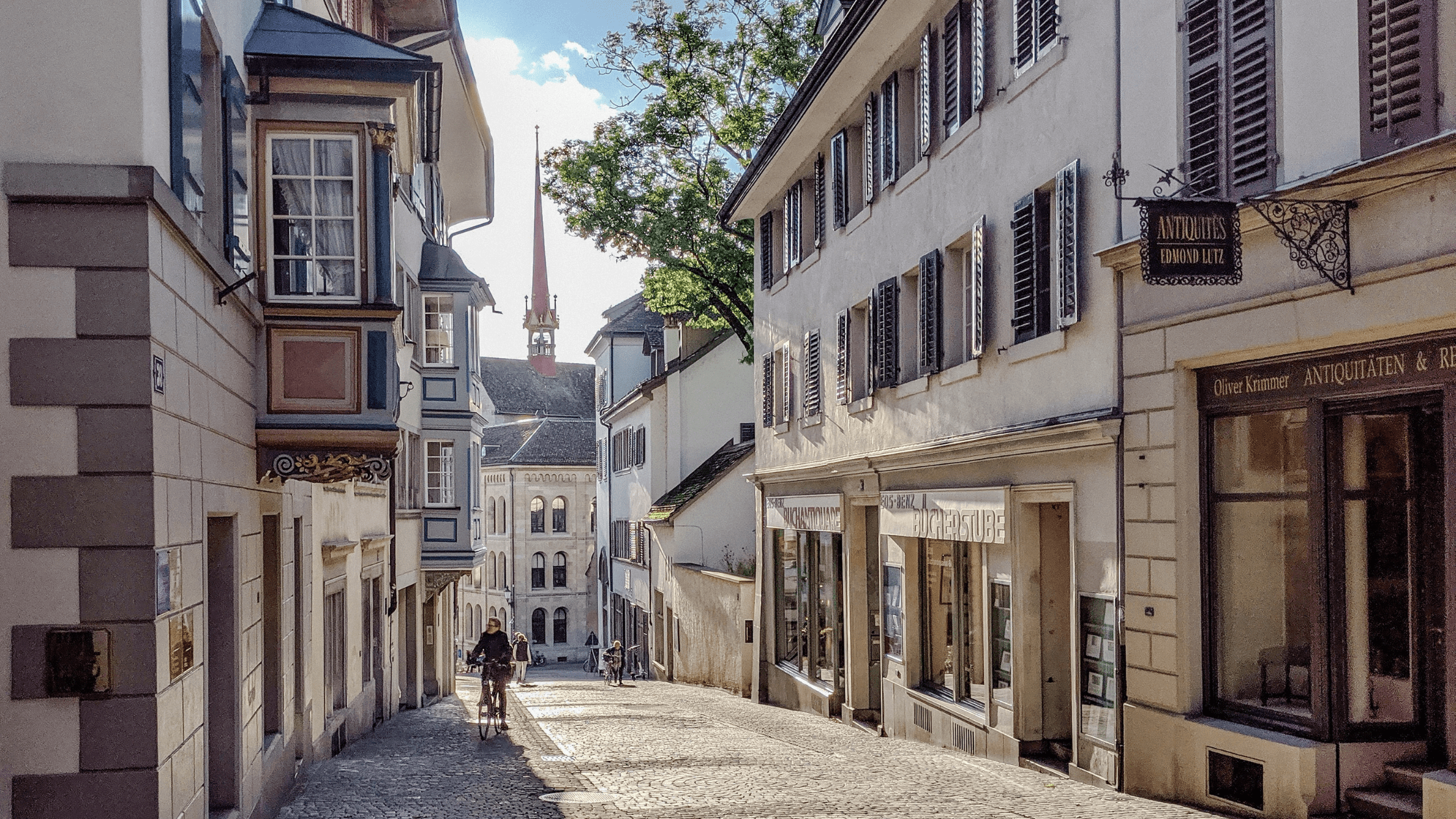General Information
| POPULATION | 8.545 million |
| LANGUAGE | German |
| CAPITAL | Bern |
| CURRENCY |
Swiss Franc
|
Fun Facts
- One of the Smartest Countries in Maths and Science
- 1/3 of All Deaths Are from Heart Disease
- One of the Most Expensive Places to Live In
- 25% of the population is foreign
- The most innovative country in the world
- Switzerland produces the most chocolate in the world
Switzerland
Switzerland has been a neutral country since 1915, and has stayed out of all the wars that have affected Europe since that time. It is a country of isolated mountain communities, whose people speak several different languages, despite this, Switzerland is remarkably unified in many ways, and has pooled its few recourses to create a flourishing economy. Its neutrality and political stability has helped make it a major financial centre. Switzerland is bordered by France to the west, Germany to the north, Austria and Liechtenstein to the east, and Italy to the south.
Ethnicity
There are 8.545 million people living in Switzerland
- 70% Swiss
- 4% German
- 3% Italian
- 3% Portuguese
- 2% French
- 18% Other

Economy
Switzerland, a neutral nation, is a stable and modern market economy with low unemployment, a highly skilled labour force, and one of the highest per capita GDP in the world. The Swiss economy benefits from a highly established service sector, led by financial services, as well as a manufacturing industry that specialises in high-technology, knowledge-based production. Its economic and political stability, open legal framework, outstanding infrastructure, robust capital markets, and low corporate tax rates. Machinery and equipment, chemical-pharmaceutical goods, watches, and textiles and apparel are among Switzerland’s main exports. Raw materials, beef, vegetable oils, and fuel account for roughly one-quarter of total imports and are shipped by rail, truck, and barge. Switzerland is a predominantly Christian nation. Approximately two-thirds of the population is Roman Catholic or Protestant (Reformed-Evangelical) 29.5 percent are unaffiliated, 3.5 percent are Muslim, and the rest are other.
Food
Swiss cuisine is full of cheese, chocolate and more, in fact Chocolate is one of the main exports in Switzerland. Bread cereals, fodder cereals, vegetables, and potatoes are the most important organic crops grown in Switzerland in terms of area. Milk, meat or meat products, eggs, and dairy products are the main organic animal products, with the latter being the most significant food category. Filet im Teig (pastry wrapped pork fillet with sausage meat), Fondue Chinoise (meat fondue), or Schinkli im Teig (pastry wrapped hot ham) with potato salad are the most common Christmas dinner options. Delicacies include cheese fondue, raclette, and Croute au fromage (melted cheese on bread).
Some traditional dishes can include:
-Zopf (Bread)
–Rösti (Potato pancake)
-Zürcher Geschnetzeltes (Veal dish)
–Cervelat (Swiss sausage)
– Fondue (Melted cheese)
Places
Switzerland Has 208 Mountains and the Highest Peaks in Europe. Switzerland’s Gotthard Tunnel Is the Longest in the World. The Alps cover approximately 58% of the region, the Central Plateau 31%, and the Jura 11%.It has 4,000-metre-high mountain peaks. While the Alps cover the majority of the land, they are home to only 11% of the population. Switzerland’s settlement areas account for 7.5 percent of the country’s total land area. All of the major styles are well represented in the country, including ancient Roman, Romanesque, Gothic, Renaissance, Baroque, Neoclassical, Art Nouveau, Modern architecture, and Post Modern.
Some cities/towns to visit in Switzerland are:
- Zürich, not only the capital but also very popular for banking and finance
- Geneva, located in the Alps
- Bern, a medieval old town “Altstadt”
Some places to visit are:
- The Matterhorn, the Alps
- Lake Geneva, Geneva
- Chateau de Chillon, Montreux
- Swiss National Museum, Zürich
- Zytglogge, Bern
History
In 1291, three cantons form an alliance to resist outside influence, resulting in the formation of the Swiss Confederation. The borders of Switzerland – and the territory’s neutrality – are defined at the Congress of Vienna in 1815, in the aftermath of the Napoleonic wars. The Federal Constitution of 1848 specifies the constitutional structure, establishing a centralised government.The Revised Constitution of 1874 provides for the practise of direct democracy by referendum. During World War I, Switzerland organises Red Cross units. The Treaty of Versailles of 1919-20 reaffirms Swiss neutrality. Joins the League of Nations in 1920. The headquarters of the League are located in Geneva. Customs union with Liechtenstein was established in 1923. At the outbreak of World War II, the Federal Council issued a declaration of neutrality in 1939. Refuses to become a member of the United Nations. Women were given the right to vote in federal elections in 1971. In 1999 Switzerland joined NATO.Switzerland officially joined the United Nations in September 2002.




Language Basics
| English | German |
| Hello | Hallo |
| Goodbye | Auf Wiedersehen |
| Yes | Ja |
| No | Nein |
| Good Morning | Guten Morgen |
| Good Afternoon | Guten Nachmittag |
| Please | Bitte |
| Thank You | Danke |
| Excuse Me | Entschuldigen Sie mich |
Published on the 17th of March 2021
